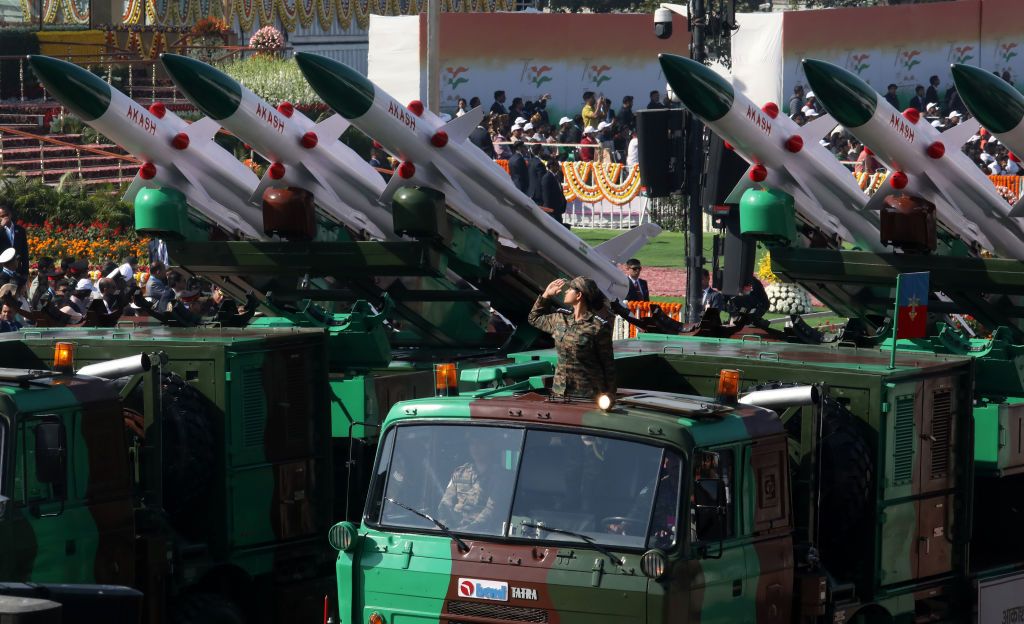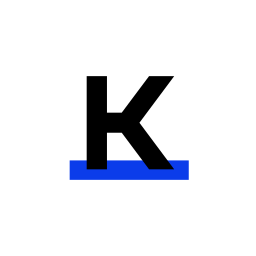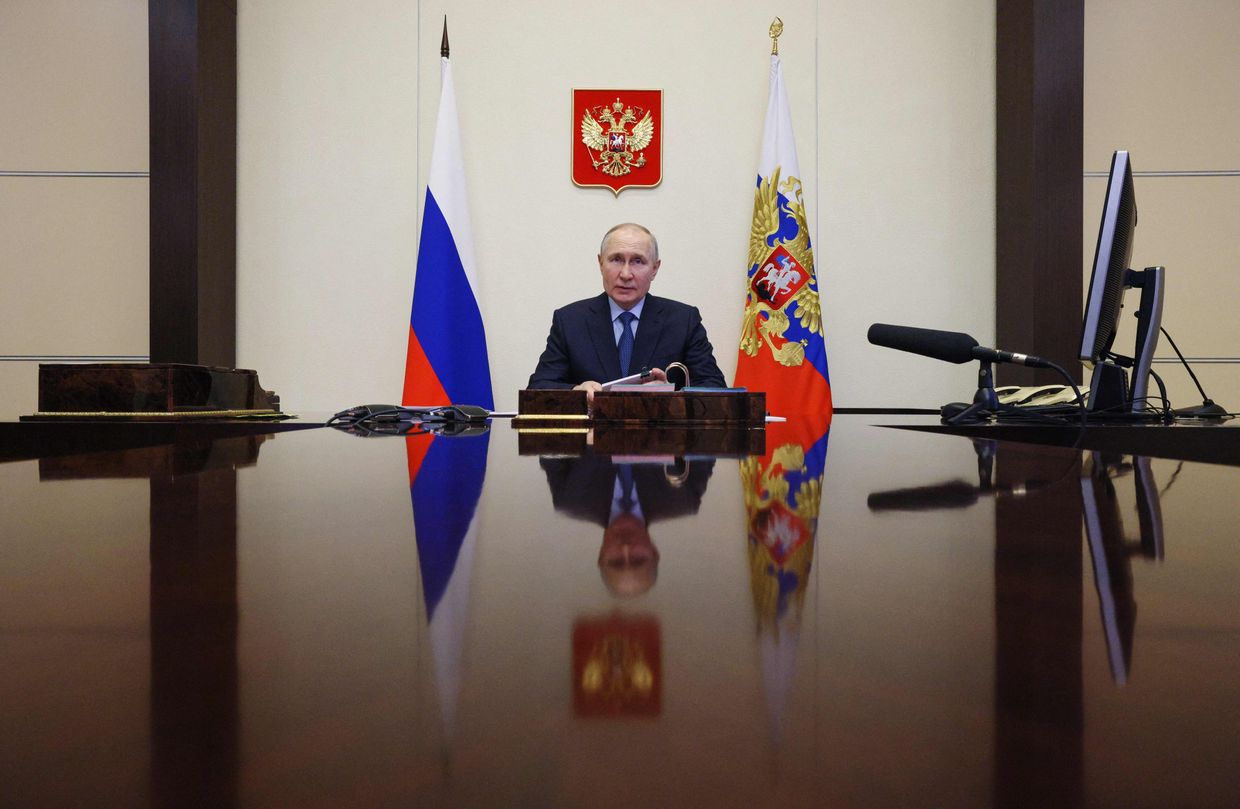
India is creating a brand new technique to spice up its protection exports, providing long-term, low-cost loans by its state-owned Export-Import Financial institution to overseas consumers, together with these historically reliant on Russian arms, Reuters reported on April 16, citing officers acquainted with the plan.
As world demand for navy gear rises, New Delhi goals to place itself as a low-cost, various provider. The initiative consists of dispatching extra protection attachés to embassies in Africa, Southeast Asia, and South America, and having the Indian authorities immediately negotiate some arms offers, a number of Indian officers instructed Reuters.
The initiative is targeted on nations which have traditionally bought Soviet or Russian weapons and whose navy requirements are sometimes extra appropriate with Indian gear than NATO techniques. These nations embody Brazil, Algeria, Morocco, Guyana, Tanzania, Argentina, Ethiopia, and Cambodia.
Prime Minister Narendra Modi’s administration is seeking to double protection exports to $6 billion by 2029. Although India fell wanting its $3.5 billion export goal final fiscal 12 months, protection gross sales have climbed sharply from $230 million a decade in the past.
The enlargement comes as many nations are reevaluating their protection suppliers following Russia’s 2022 invasion of Ukraine. Moscow has redirected a lot of its arms manufacturing towards its conflict effort, whereas Western stockpiles have been equipped to Ukraine, creating a world provide hole.
With its historical past of importing and adapting Russian and Western know-how, India has began receiving extra inquiries, an Indian official instructed Reuters.
Artillery shells produced domestically in India promote for roughly $300 to $400 apiece, a fraction of the $3,000 value of European-made equivalents. Home companies additionally supply howitzers for about $3 million every, whereas the European model prices twice as a lot.
On April 7, Ukraine’s navy intelligence (HUR) reported that an Indian-made element was recognized in a Russian weapon system for the primary time. In keeping with HUR, a clock buffer produced by Indian Aura Semiconductor was present in Russian gear.
 The Kyiv IndependentKatie Marie Davies
The Kyiv IndependentKatie Marie Davies
